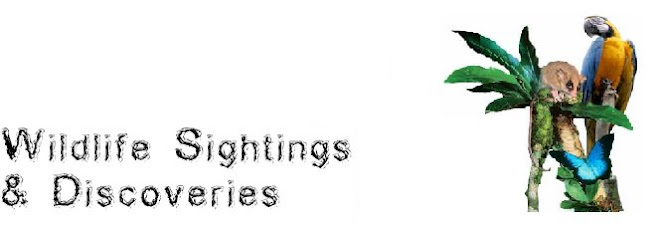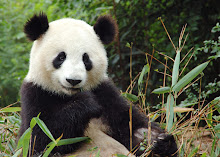
Environmentalists yesterday said the discovery of a carcass of a rare black leopard in Deniyaya, Sri Lanka on Thursday may turn out to be a new species, but stressed a proper conclusion could be made only after full investigations.
Well known Environmentalist Jagath Gunawardene said that the melanin form of the carcass would make it a new species. “The bright black colour is something unusual and makes it different,” Mr. Gunawardene said.
Mr. Gunawardene said this was the third time that such carcasses had been found in recent times. One was found at Weerapana in the Galle District and the other one in Ratnapura.
The birth of a black leopard was also recorded at the Dehiwala Zoological Gardens in 1983.
Wildlife officials said the rare black leopard was found in a village bordering the Sinharaja forest on Thursday. They said the black wildcat similar to a leopard had been caught in a trap laid by a villager at Kolawenigama in Deniyaya.
The carcass is three feet and seven inches long with the tail extending to a further two feet four inches.
Wildlife officials said the skin appeared black from a distance but on closer inspection black spots could be discerned like that of a normal leopard.
Uda Walawa’s Ath Aturu Sevana veterinary officer Dr. Methmi Kumuduni said the age of the animal could not be established as it was the first time such an animal had been discovered.
She said the carcass displayed all the features of the Sri Lankan Leopard (Panthera Pardus Kotiya) and the discovery of a similar carcass was reported from another village bordering the Sinharaja forest in Kalawana several years ago.
But in that instance the carcass could not be identified as it was in a highly decomposed state.
Dr. Kumuduni said that there were reports of occasional sightings of similar animals from the Horton Plains and the Sri Pada forest reserves but nothing had been specifically recorded.
She said further examinations on the carcass were being conducted to find out whether the animal was a result of a gene mutation of the Sri Lankan Leopard or was a sub species of the variety. Wild Life authorities said a DNA test would also be carried out.
The carcass was brought to the Ath Aturu Sevana in Uda Walawa for examination and had been sent to the Kahawatta hospital mortuary for preservation.




.jpg)
No comments:
Post a Comment